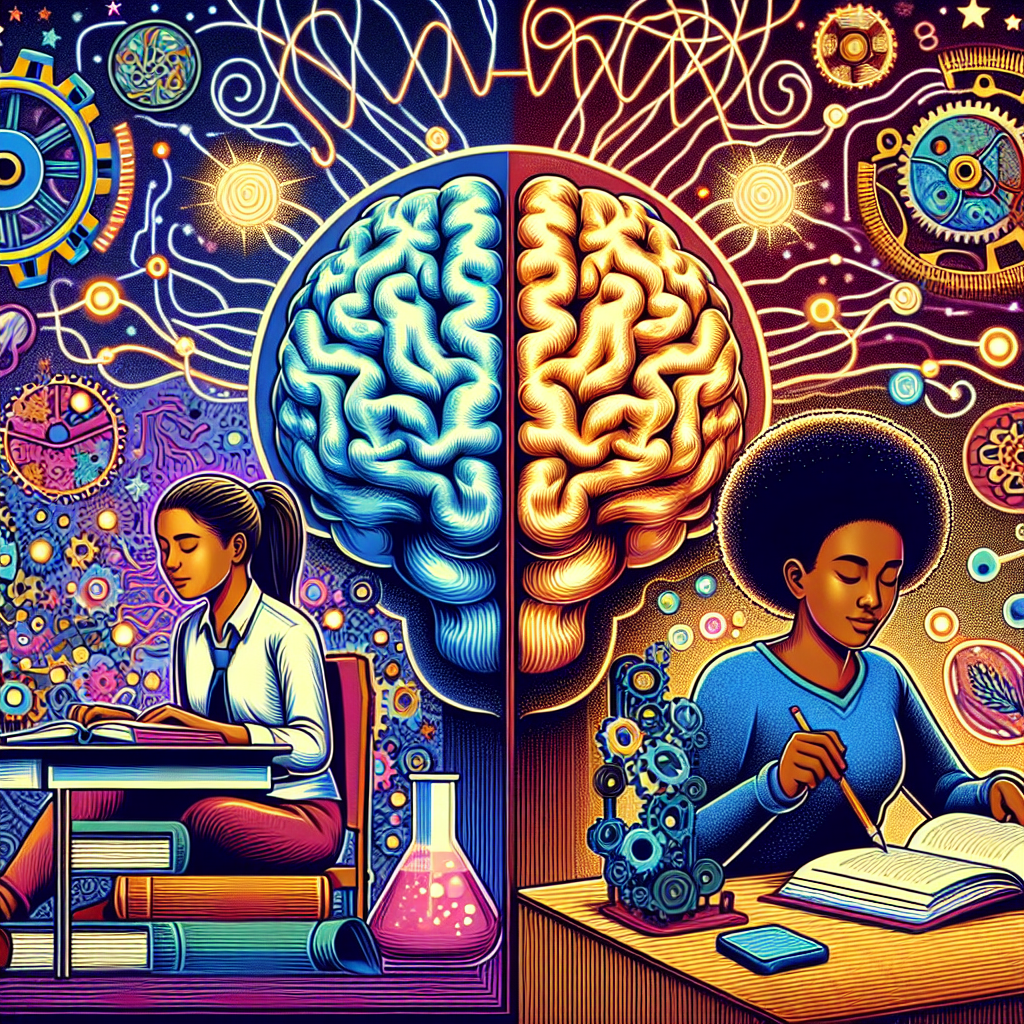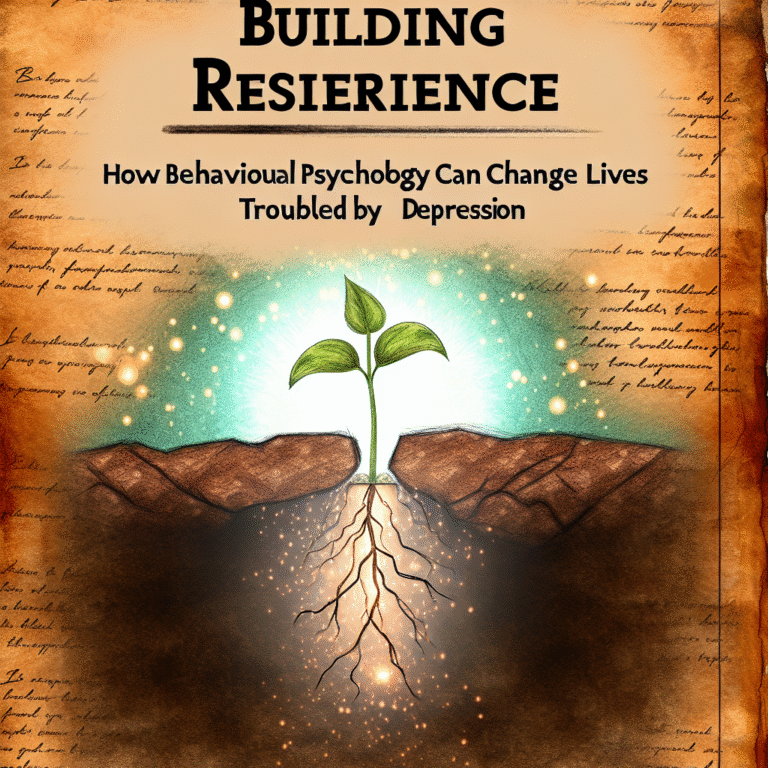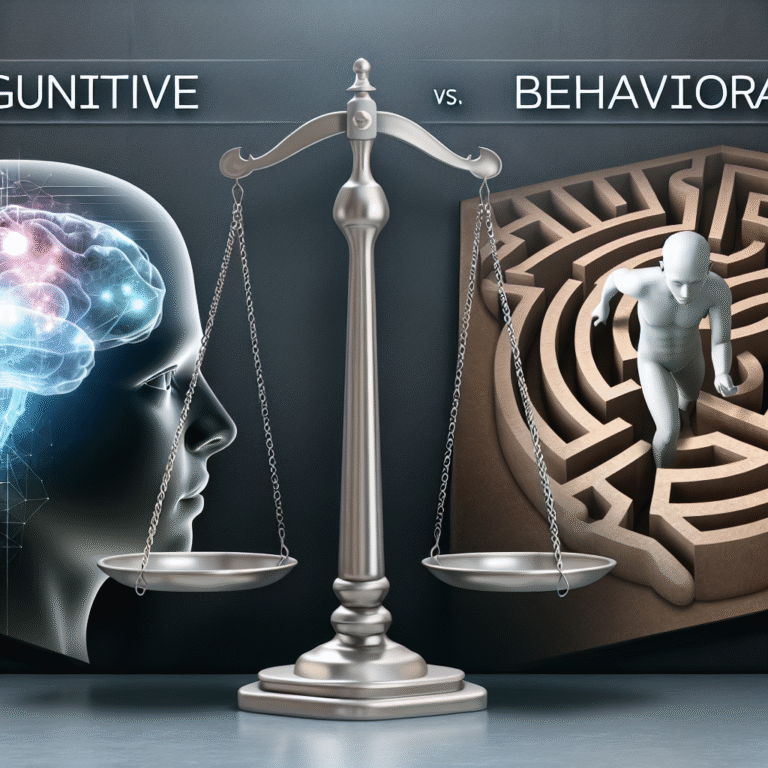
Changing Minds: The Ultimate Role of Behavioral Psychology in Student Learning and Engagement
Introduction
Imagine walking into a classroom where every student is engaged, motivated, and eager to learn. Sounds like a dream, right? Recent research in behavioral psychology is revealing that such an environment isn’t merely wishful thinking; it’s achievable. Understanding Changing Minds: The Role of Behavioral Psychology in Student Learning and Engagement opens doors to harnessing strategies that can transform the educational experience. By exploring how cognitive processes influence learning behaviors, we can uncover effective ways to enhance student engagement and facilitate meaningful learning outcomes.
In this article, we’ll dive deep into the nuances of behavioral psychology as it pertains to education. We will examine how changing minds through tailored psychological strategies can create a more enriching learning environment for students. With real-world case studies and tangible data, this exploration will equip educators, administrators, and parents with insights to foster engagement and enhance academic success.
Understanding Behavioral Psychology
What is Behavioral Psychology?
Behavioral psychology is an empirical method that focuses on understanding human behavior through observable actions and responses. Unlike cognitive psychology, which delves into mental processes, behavioral psychology emphasizes the stimuli that provoke reactions, making it especially relevant in educational settings. Applying these principles allows educators to design effective learning environments conducive to positive behavioral change.
Key Theories of Behavioral Psychology
1. Classical Conditioning
Originally developed by Ivan Pavlov, classical conditioning describes how a neutral stimulus can elicit a response when paired with a naturally occurring stimulus. In an educational context, consider how a teacher’s praise can condition students to associate their effort with positive reinforcement, thereby encouraging more of such behaviors.
2. Operant Conditioning
B.F. Skinner’s operant conditioning takes this concept further, explaining that behaviors can be increased or decreased through reinforcement or punishment. This principle underpins many classroom management strategies, emphasizing the role of rewards and consequences in modifying student behavior.
3. Social Learning Theory
Albert Bandura’s Social Learning Theory argues that people learn in social contexts through observation and imitation. Educators can leverage this theory by modeling desired behaviors and creating opportunities for peer learning, thus fostering a collaborative learning environment.
The Connection Between Behavioral Psychology and Learning
Engaging the Student Mind
Motivation and Incentives
One of the primary functions of behavioral psychology in education is boosting student motivation. When applying Changing Minds: The Role of Behavioral Psychology in Student Learning and Engagement, it’s crucial to understand what motivates students. Intrinsic motivation, driven by personal satisfaction, and extrinsic motivation, driven by external rewards, play vital roles in learning engagement.
Case Study: Gamification in Education
A high school in California implemented a gamification strategy, turning lessons into competitive games with rewards for achievements. The result? A 30% increase in student participation and a noticeable improvement in test scores. This case aptly demonstrates the potential of operant conditioning in learning environments, showcasing how incentives can lead to better engagement and outcomes.
Behavior Management Techniques
Positive Reinforcement
In educational settings, employing positive reinforcement—rewarding desired behaviors—can significantly enhance student motivation and engagement. When students receive acknowledgment for their achievements, however small, their likelihood of repeating those behaviors increases.
Case Study: The Good Behavior Game
A longitudinal study involving elementary schools adopted the Good Behavior Game, which encourages positive behavior through collective reinforcement. The results showed reduced disruptive behaviors and improved academic performance, underscoring the effectiveness of behavior management techniques grounded in behavioral psychology.
Designing Effective Learning Environments
Structuring the Classroom
The physical arrangement of a classroom can profoundly influence student engagement and learning. Elements such as seating arrangements and resource availability can reinforce positive behaviors and foster a sense of community among students.
Visual Aids and Learning Tools
Using visual aids and learning tools also aligns with behavioral psychology principles by providing cues that enhance memory retention and concept understanding. Incorporating interactive tools such as charts and digital platforms can keep students engaged and facilitate deeper comprehension.
Collaborative Learning
Collaboration is at the heart of behavioral principles. Creating opportunities for peer learning enhances the social aspect of education, encouraging students to learn from each other. When peers model behaviors and celebrate achievements together, it contributes to a more vibrant learning atmosphere.
Case Study: Peer Tutoring Programs
Schools that have implemented peer tutoring programs report significant improvements in academic performance and social development among students. The cooperative aspect fosters shared responsibility and reinforces the values of teamwork, aligning well with the social learning theory.
Measuring the Impact of Behavioral Strategies
Data Collection and Analysis
An essential element of applying behavioral psychology principles in student learning is the continual assessment of strategies and their impacts. By collecting data on student engagement, academic performance, and behavior changes, educators can refine their approaches to better meet students’ needs.
Tools and Techniques
Several tools allow educators to track student engagement and behavioral changes, such as surveys and performance analytics. Regular assessments help in understanding which strategies are effective and which need adjustment.
Actionable Insights from Data
Educators can use the data collected to discern patterns, leading to actionable insights that can be shared with stakeholders—creating a feedback loop essential for sustained improvement in educational practices.
Real-World Applications
Teacher Training and Development
Understanding Changing Minds: The Role of Behavioral Psychology in Student Learning and Engagement extends to preparing educators themselves. Professional development programs focused on behavioral strategies ensure that teachers are equipped with the knowledge and tools necessary to foster an engaging learning atmosphere.
Curriculum Design
Curriculum developers can also benefit from insights provided by behavioral psychology. Structuring curricula to incorporate behavioral principles ensures that lessons are not only informative but also conducive to student engagement and long-term retention.
Community and Parental Involvement
Engaging the community and parents through educational workshops can further solidify the connection between behavioral psychology and student learning outcomes. When families are informed and involved, the support extends beyond school walls, enhancing the educational experience for students.
Conclusion
The principles of behavioral psychology offer a treasure trove of insights for improving student learning and engagement. By adopting strategies rooted in behavioral theories, educators can effectively ‘change minds,’ cultivating an environment where students thrive academically and socially. As we navigate the complexities of teaching in the 21st century, it is crucial to embrace the potential of behavioral psychology in creating a more engaging and effective learning experience.
Motivational Takeaway
By embracing Changing Minds: The Role of Behavioral Psychology in Student Learning and Engagement, educators have a unique opportunity to inspire and empower students. Change is possible; it begins with understanding behavior and applying strategies that make learning both meaningful and enjoyable.
FAQs
1. What are the key principles of behavioral psychology in education?
Key principles include classical conditioning, operant conditioning, and social learning theory. These concepts guide how behaviors can be shaped and modified for better learning outcomes.
2. How can I implement positive reinforcement in my classroom?
Introduce a reward system where students earn points or privileges for demonstrating positive behaviors, creating an environment that celebrates achievements and encourages continued effort.
3. What role does data play in understanding student engagement?
Data helps educators track behavioral trends and academic performance, allowing for adjustments in teaching strategies to enhance student engagement effectively.
4. How can parents support behavioral strategies at home?
Parents can reinforce positive behavior by acknowledging achievements and creating routines that emphasize importance and consistency in learning.
5. What challenges might teachers face when applying behavioral psychology principles?
Teachers may encounter resistance from students, difficulties in measuring outcomes, or a lack of resources to implement strategies effectively. Continuous training and professional development can help overcome these barriers.
By leveraging the principles of behavioral psychology, the educational landscape can transform into a space where learning and engagement flourish, illustrating how, with the right strategies, changing minds is not just possible, but achievable.















